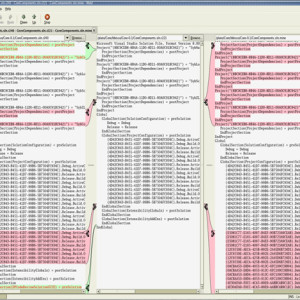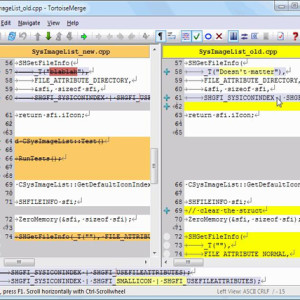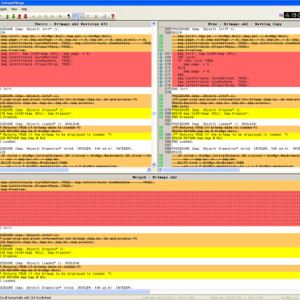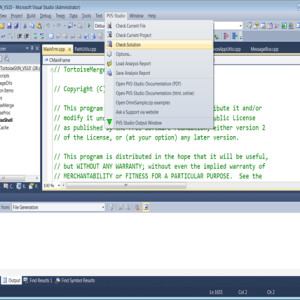Have you ever tried to manage different versions of the source code for their programs? If so, you’ll know that it’s hard find a good program to do this. So what do you do? Various programmers have found success by using TortoiseSVN. But there are a few things you should know before you try this program to guarantee you will get the most of it. This post will tell you what you need to know to make sure that this program is for you.
TortoiseSVN was started by Tim Kemp, later joined by Stefan Küng who at the moment was looking for a control system and found Subversion and the source for TortoiseSVN. Since TortoiseSVN was still not ready for use, he joined the project and started programming. You can find more about this amazing project at the company’s website http://tortoisesvn.net
TortoiseSVN is an easy to use revision tool, it will help you manage various versions of source code, it implements Microsoft Windows shell extensions. When using Windows explorer it will show you context menu items for Subversions commands, it can also be integrated to Microsoft Visual Studios.
Features:
- Most current CVS features.
- Directories, renames, and file meta-data are versioned.
- Commits are truly atomic.
- Branching and tagging are cheap (constant time) operations.
- Efficient handling of binary files.
- All commands are available directly from the windows explorer. You can choose which entries TortoiseSVN should show in the top context menu and which it should put in the submenu.
- See the status of your files directly in the Windows explorer. Inside the Windows Explorer, TortoiseSVN shows you the state of the files with overlay icons. The following screenshot shows all available overlays, but usually you will only see a few of them.
- Commit dialog
- All Subversions protocols are supported
- Can create a graph of all revisions/commits. You can then easily see where you created a tag/branch or modified a file/folder.
- Graphs of commit statistics of the project.
Wrap up your post with a brief statement that’s reflective of the problem your post solved. Should be kept short, however, to ensure readers don’t abandon your blog post before realizing there’s a call-to-action to convert on! Here’s what a blog post’s conclusion might look like:
With TortoiseSVN you will have the revision tool that you need to manage all the different source codes that you need with an easy to use program.
Have you used it, let us know what you think:
[box type=”shadow”]WIKI info:
Website: http://tortoisesvn.net[/box]








